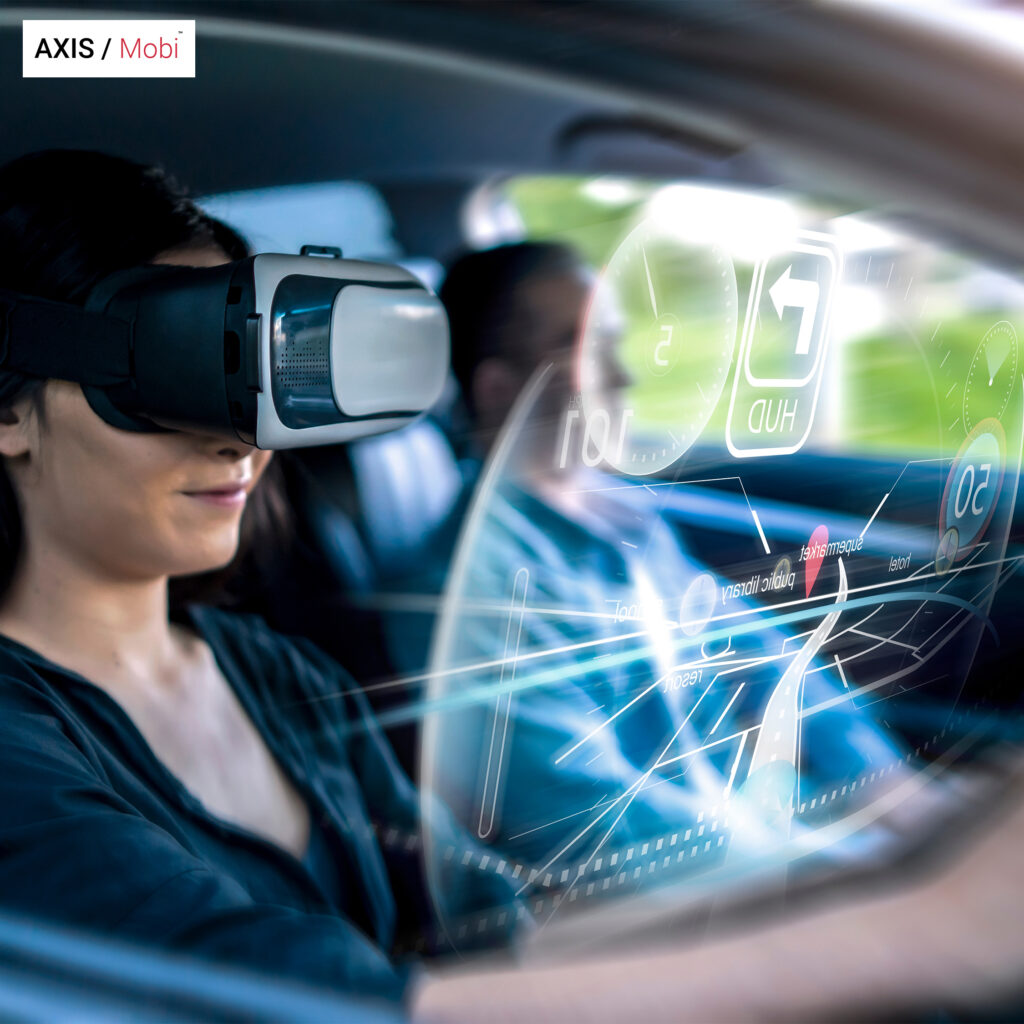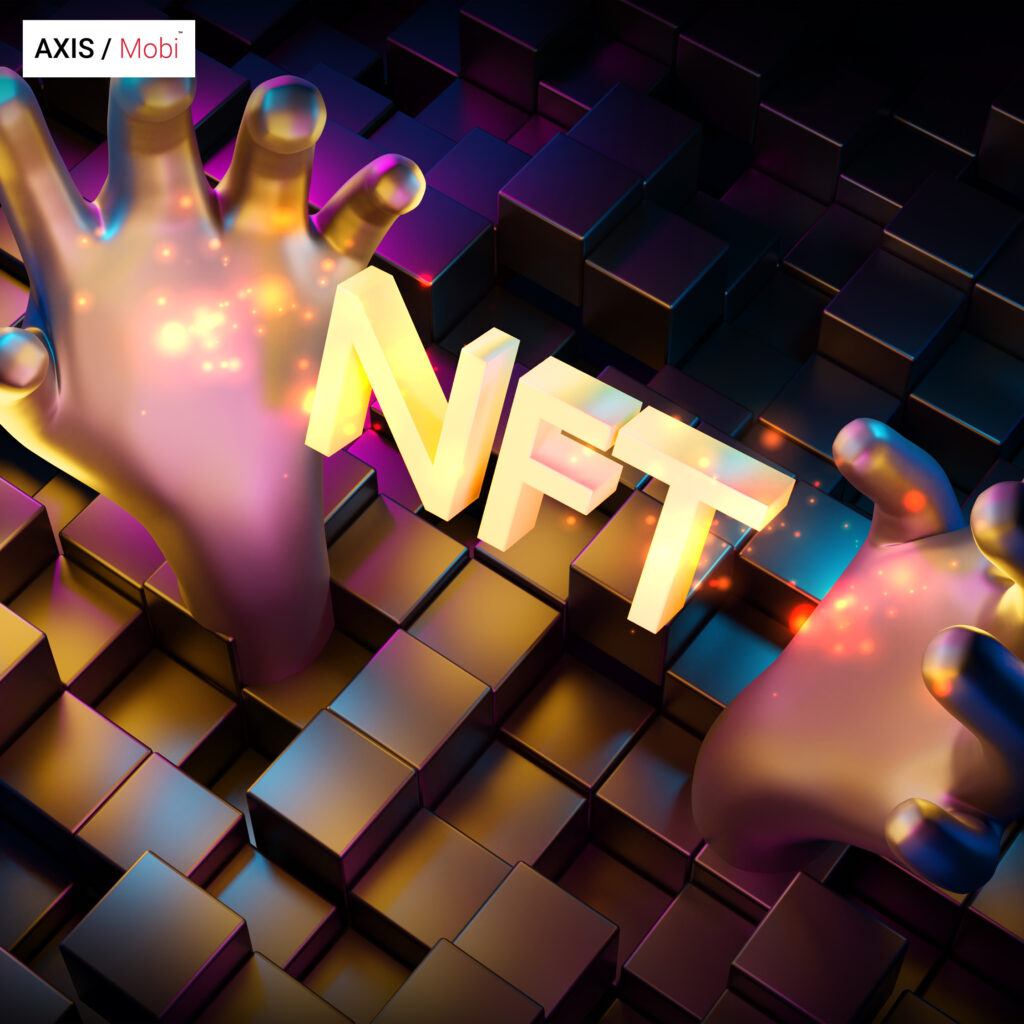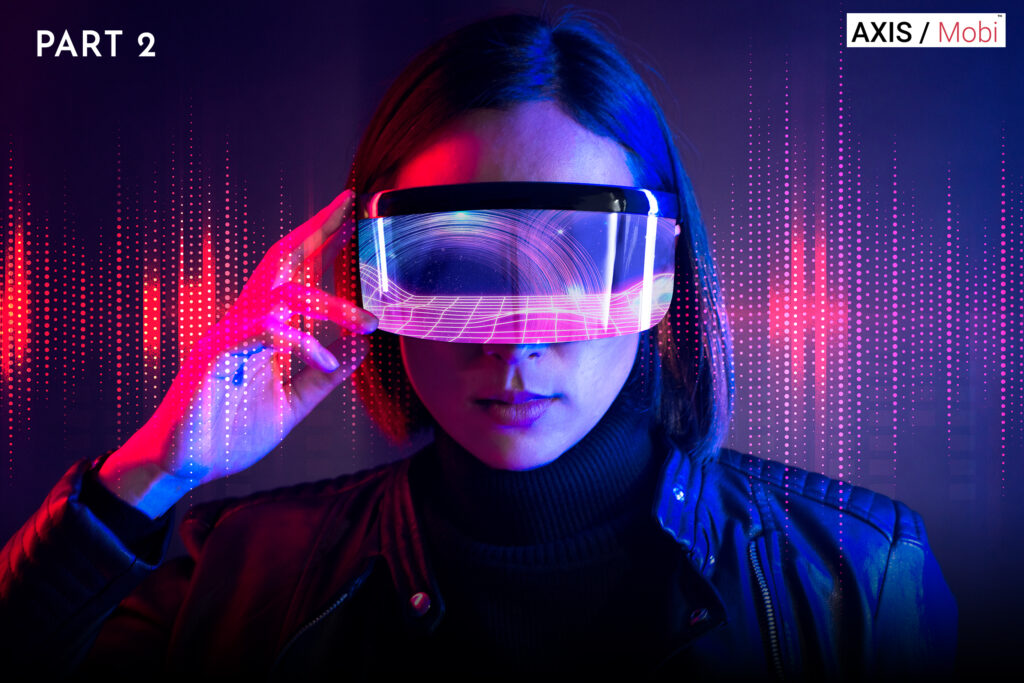If you’re wondering how to introduce your mobile app into the Metaverse and efficiently monetise it, you should incorporate several crucial elements based on Metaverse’s core technical achievements. The following are examples of these integrations:
1. Use augmented reality and virtual reality:

If suitable for your app, one of the necessary connectors to help link your app into the Metaverse is AR or VR. For example, if you have an eCommerce app, you can utilise AR to show customers how things would appear in the real world. Similar apps may employ VR to allow customers to visit a virtual showroom highlighting various items. As it becomes more widely available and your skills increase, you may add MR to enhance your AR feature.
2. Implement Distributed Storage and Computing:

The Metaverse’s worlds will require adequate computer technology and power to reduce the possibility of crashes and disruptions. App developers may help by utilising multi-node distributed storage compute capabilities provided by a blockchain, torrents, and other technologies. This will ensure that your company is always adaptable.
3. Make use of Artificial Intelligence and Nomadic Programs:

AI will go a long way toward improving the user experience of your software. May use AI in a variety of ways. For example, you may utilise AI to collect and evaluate data to make better judgments on UX improvement. You may also use it to communicate with people more humanly through chatbot conversations and other similar connections.
AI algorithms are also used by Nomadic programmes to assist creators in better comprehending the worlds they construct inside the Multiverse. One example is the video game No Man’s Sky, which used procedural generation to generate billions of planets for players to explore freely, each unique. While the small development team cannot visit all of these worlds and personally experience the players’ trips, the team deployed mobile virtual robots to perform the work for them, sending back insights that the developers could then utilise to enhance the users’ experiences better.
4. Enable 5G compatibility:

As 4G technology nears its conclusion, your app should be able to transition to 5G technology. Making your app 5G ready will guarantee that the user experience does not suffer due to poor connectivity. At the same time, you add other features and integrations to prepare it for the Metaverse. With a peak download and upload speed of 10 GB/s, 5G technology will be able to manage the additional load, dwarfing 4G’s 100 MB/s.
5. Present NFT Integrations:

Consider employing NFT integrations if this is acceptable for your app. You can turn in-app digital products that customers may buy into NFTs that allow them to access, display, and even utilise them in other worlds inside the Metaverse. Furthermore, depending on the app you employ, you can enable users to bring in additional NFTs and utilise them in various ways. For instance, an article of clothing purchased in a game such as Fortnite may be used to clothe a user’s avatar on a social networking platform.
Examples of Apps Exploring the Metaverse:
Now that you have a better concept of preparing your app for the Metaverse investigate some particular instances of applications already preparing for the upcoming paradigm change.
Apps for Education:

The education business is one sort of app that is expected to gain from Metaverse adoption. Schools and colleges have begun to test various technologies to make virtual learning more dynamic and engaging. The Metaverse will enable ever more exciting and even enjoyable learning experiences, revolutionising education.
Educational apps of all kinds will be able to leverage the Metaverse to provide students with real-world experience while also making education cheaper. Students, for example, might utilise MR and VR to tour virtual museums and historical places, as well as many other areas that would otherwise be unavailable to them. At the same time, teachers may retain contact with students to educate them along the route.
Apps for Gaming:

Many gaming applications may fully utilise VR, AR, and MR to present gamers with a one-of-a-kind and utterly immersive gaming experience. App owners may use this technology to make it appear as if users are playing their games in real life, with seamless interactions that improve the mobile gaming experience. Some systems, such as Horizon World by Meta, mix gaming and social backgrounds, allowing players to connect with a gaming centre and a virtual gathering room to hang out with online pals.
Apps for Dating:

Specific dating applications like Bumble and Tinder are getting ready to invade the Metaverse. Users may utilise these platforms to more easily pick various locations for setting dates and even dress up with a virtual wardrobe and avatars before heading out. Users may date digitally in these settings and with these avatars using technologies such as VR headsets or goggles to enjoy a more personal, intimate virtual experience before dating in real.
Apps for Meetings:

In various ways, users of virtual meeting applications can profit from Metaverse’s features. They may participate in virtual meetings in different virtual settings, which bring everyone together more participatory than in a typical video conference. Furthermore, participants in these meetings may do much more than meet, with the option to participate in virtual team-building activities, play games together, etc.
These features are vital for virtual meetings of various kinds, whether they are used by businesses to host crucial conferences or corporate seminars or by people to connect with friends and family in more enjoyable and relaxed settings. With everything the Metaverse has to offer, the possibilities are nearly unlimited.




